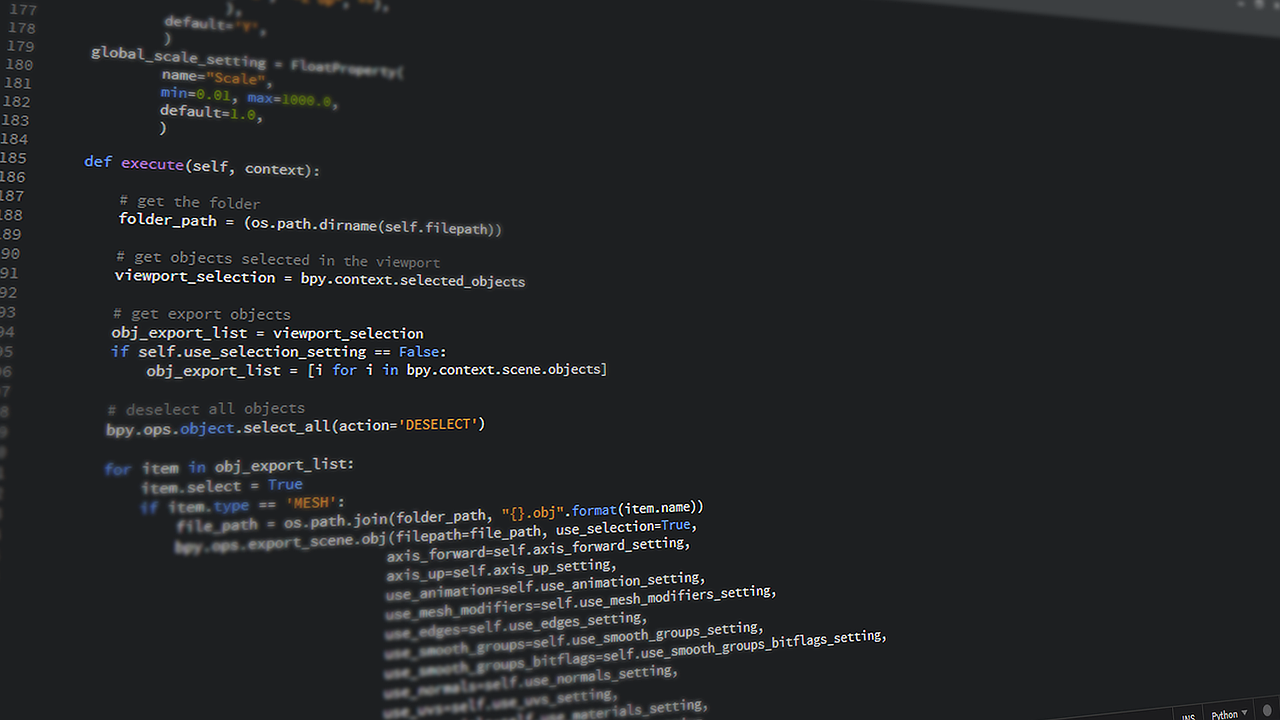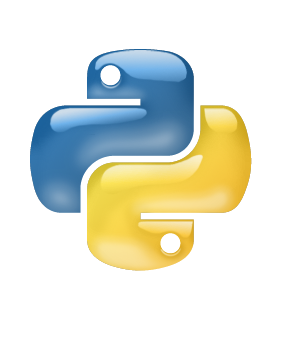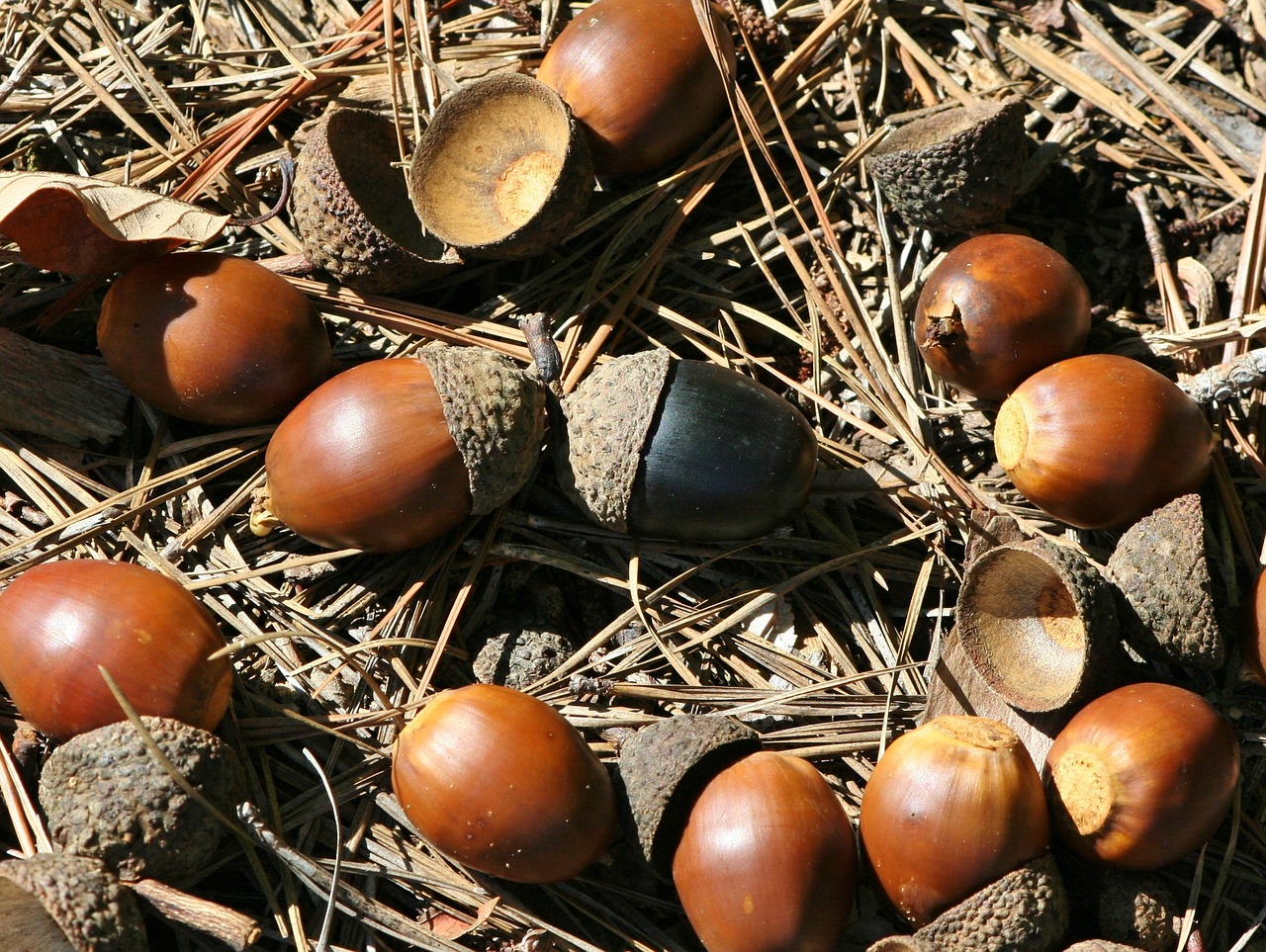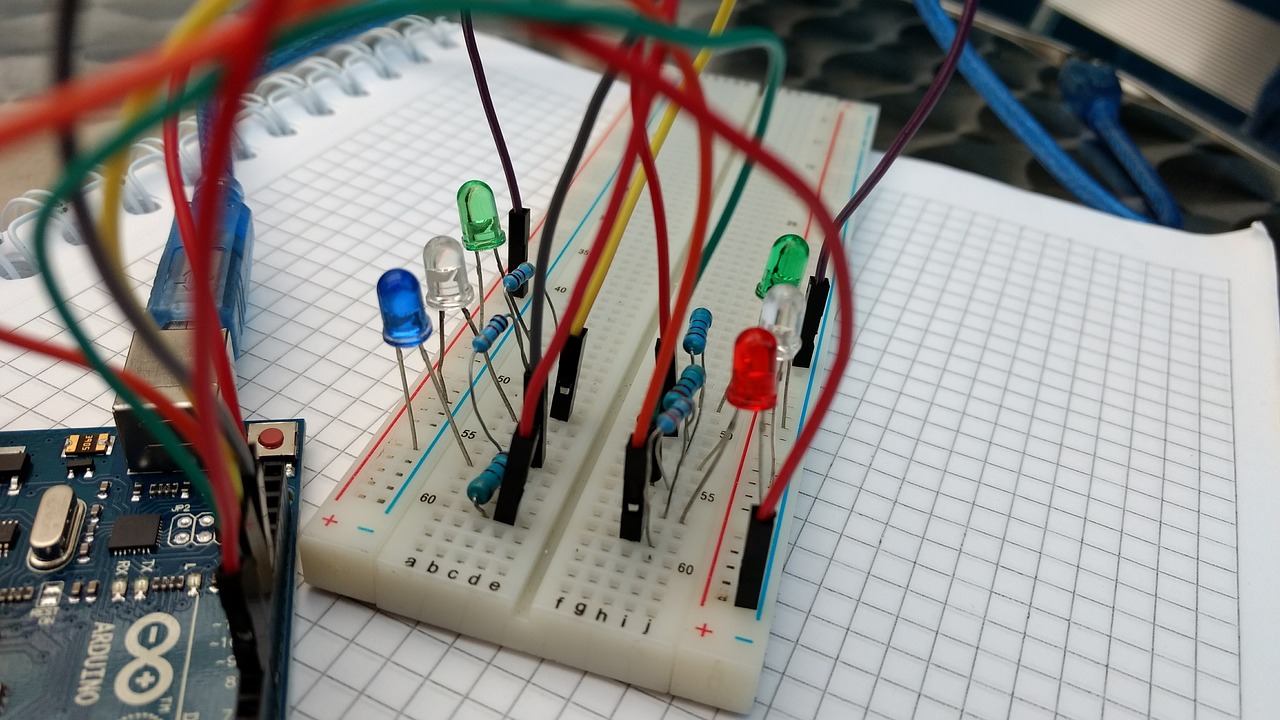
When exploring the intricate structure of a binary tree, choosing the right traversal algorithm is crucial. Two prominent contenders in this arena are Breadth-First Search (BFS) and Depth-First Search (DFS). Both methods delve into the tree's nodes, but their approaches and applications differ significantly. Let's delve into the world of these algorithms and understand their unique characteristics.
BFS: Exploring the Levels
Imagine exploring a tree by visiting all nodes at a particular level before moving on to the next level. This is the essence of BFS, also known as level-order traversal. It operates like a queue, processing nodes in the order they are encountered, ensuring all nodes on a given level are visited before proceeding deeper.
Implementation in Python:
from collections import deque
def bfs(root):
if not root:
return
queue = deque([root])
while queue:
node = queue.popleft()
print(node.data)
if node.left:
queue.append(node.left)
if node.right:
queue.append(node.right)
Applications of BFS:
DFS: Delving into the Depths
Unlike BFS, DFS explores a branch as deeply as possible until it reaches a leaf node. It then backtracks and visits the next unexplored branch. This recursive approach resembles navigating a maze, where you follow one path until you reach a dead end and then retrace your steps to explore another branch.
Implementation in Python:
def dfs_inorder(root):
if not root:
return
dfs_inorder(root.left)
print(root.data)
dfs_inorder(root.right)
content_copy
Applications of DFS:
Choosing the Right Tool:
The selection between BFS and DFS depends on your specific needs:
Beyond the Basics:
Both BFS and DFS have numerous variations, such as iterative DFS and pre-order/post-order traversals, each offering specific advantages in different scenarios. Remember, understanding their core principles and applications empowers you to navigate the diverse landscapes of tree and graph structures efficiently.
In Conclusion:
BFS and DFS represent two fundamental tools for exploring tree structures. While BFS prioritizes levels, DFS delves into depths, offering complementary perspectives. By understanding their strengths and applications, you can confidently choose the right tool for your data exploration journey.
Your email address will not be published. Required fields are marked *










































